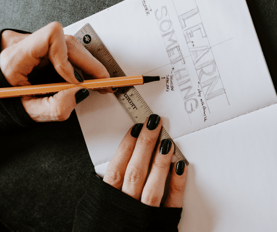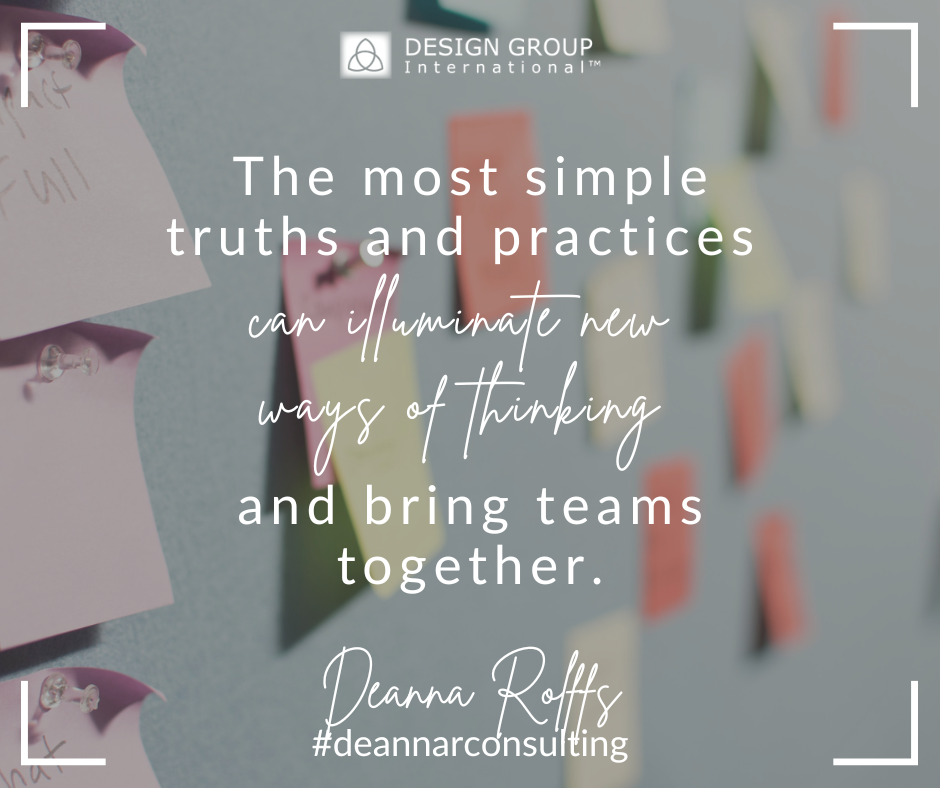An executive leader wonders why their team doesn’t trust leadership.
An experienced manager wants to transform power relationships in their department to create a space of belonging.
A K-12 school superintendent wants to support educators not to fear discomfort and to lead for equity.
Leaders across the globe are trying to figure out how to lead well and create spaces of inclusion and belonging. Liberatory design supports efforts to practice self-awareness, embrace complexity, and take action to learn.
to lead well and create spaces of inclusion and belonging. Liberatory design supports efforts to practice self-awareness, embrace complexity, and take action to learn.
“Liberatory Design is an approach to addressing equity challenges and change efforts in complex systems. It is grounded in an integrated part of National Equity Project’s Leading for Equity Framework, which meshes human-centered design (aka design thinking) with complex systems theory, and deep equity practice. It is a process and practice to:
-
-
-
Create designs that help interrupt inequity and increase opportunity for those most impacted by oppression
-
Transform power by shifting the relationships between those who hold power to design and those impacted by these designs
-
Generate critical learning and increased agency for those involved in the design work
-
-
Liberatory Design is both a flexible process that can be used by teams and a set of equity leadership habits that can be practiced daily.” (Source: National Equity Project - Liberatory Design)

Leaders often are lulled into thinking they need to purchase the latest leadership bestseller. Instead, the most simple and overlooked truths and practices can illuminate new ways of thinking and bring teams together.
Liberatory Design Mindsets are “used to surface particular beliefs, values, and stances to ground and focus design practice.”
The 12 mindsets are:
1. Build relational trust
2. Focus on human values
3. Work to transform power
4. Practice self-awareness
5. Seek liberatory collaboration
6. Exercise creative courage
7. Recognize oppression
8. Work with fear and discomfort
9. Take action to learn
10. Embrace complexity
11. Attend to healing
12. Share don’t sell
Apply these mindsets in your leadership, direct-report 1-1s, and team meetings. A few options include:
-
-
-
Begin your team meetings with an activity from the Liberatory Design deck. Choose the one that resonates most with you; share that with colleagues.
-
Use the mindsets to identify your personal or team goals for learning and growth.
-
Use the mindsets to set your team’s guiding principles + support and hold each other accountable. Practice how to bring it up when a team member violates a commitment.
-
-
How have you used liberatory design practices in your work? I’d love to hear your examples below.
Fellow leaders and learners, I wish you courage and resilience for the journey.

 What I’m Reading/Watching/Listening to:
What I’m Reading/Watching/Listening to:
 Questions for Consideration Regarding This Topic:
Questions for Consideration Regarding This Topic:
-
-
- What mindsets listed above would you like to further develop Which ones do you already practice?
- How could the Liberatory Design card deck practices apply to your leadership or team? Which would you like to learn more about?
-

Recent and Upcoming Leadership & Learning Letter Topics:

August 24, 2022




Comments